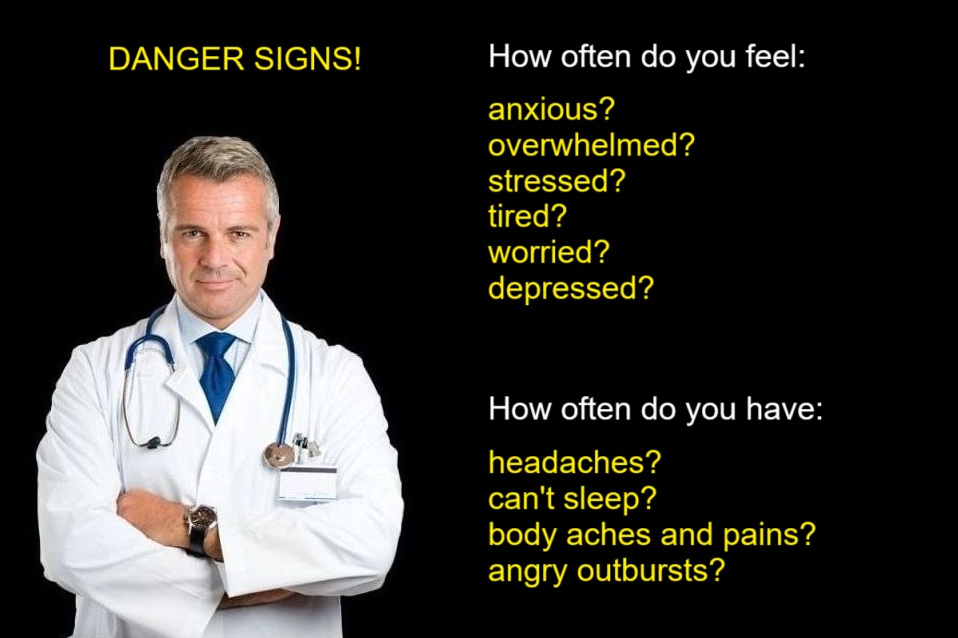Borderline Personality Disorder (BPD) is a complex mental health condition characterized by difficulties in regulating emotions, leading to instability in relationships, self-image, and behavior. While BPD is not a new phenomenon, its increasing recognition and the evolving understanding of its impact, particularly in the context of the digital age, warrant a closer examination. This article explores why more individuals, especially within Gen Z, Millennials, and Gen X, are grappling with emotional dysregulation indicative of BPD, and how the digital landscape may be influencing its prevalence and presentation.
Understanding Borderline Personality Disorder
BPD is a pervasive pattern of instability in interpersonal relationships, self-image, and affects, and marked impulsivity. Individuals with BPD often experience intense emotional swings, ranging from profound sadness to overwhelming anxiety and anger. These emotions can shift rapidly and seemingly without a clear trigger, making it challenging for individuals to maintain a stable sense of self and healthy relationships.
Key symptoms of BPD include:
- Fear of Abandonment: Intense fear of being alone or abandoned, leading to frantic efforts to avoid real or imagined separation.
- Unstable Relationships: A pattern of intense and unstable relationships, characterized by alternating between extremes of idealization and devaluation (splitting).
- Identity Disturbance: A significantly and persistently unstable self-image or sense of self.
- Impulsivity: Impulsive behaviors in at least two areas that are potentially self-damaging, such as spending, sex, substance use, reckless driving, or binge eating.
- Emotional Instability: Marked reactivity of mood with intense episodic periods of dysphoria, irritability, or anxiety usually lasting a few hours and only rarely more than a few days.
- Feelings of Emptiness: Chronic feelings of emptiness.
- Inappropriate Anger: Intense anger or difficulty controlling anger.
- Transient Psychotic Symptoms: Transient, stress-related paranoid ideation or severe dissociative symptoms.
- Suicidal Behavior: Recurrent suicidal behavior, gestures, or threats, or self-mutilating behavior.
The diagnostic criteria, as outlined in the Diagnostic and Statistical Manual of Mental Disorders (DSM-5), require an individual to exhibit at least five of these symptoms to be diagnosed with BPD.
The Rise in Recognition and Awareness
While it is difficult to definitively state that BPD is becoming more prevalent, there is growing recognition and awareness of the disorder. Several factors contribute to this:
- Increased Mental Health Awareness: A general increase in mental health awareness has led to more individuals seeking help and receiving diagnoses.
- Improved Diagnostic Tools: Advancements in diagnostic tools and methods have enabled clinicians to more accurately identify BPD.
- Destigmatization Efforts: Efforts to reduce the stigma associated with mental illness have encouraged more people to seek treatment without fear of judgment.
- Media Representation: Increased representation of mental health issues in media, including BPD, has raised awareness and understanding among the general public.
The Digital Age and Its Influence on Emotional Dysregulation
The digital age, characterized by social media, constant connectivity, and information overload, may be exacerbating emotional dysregulation and contributing to the rise in BPD-like symptoms.
- Social Media and Validation Seeking: Social media platforms encourage individuals to seek validation through likes, comments, and followers. This constant pursuit of external validation can be particularly harmful for those with BPD, who already struggle with a fragile sense of self. The fleeting nature of online validation can exacerbate feelings of emptiness and worthlessness.
- Cyberbullying and Online Harassment: The anonymity afforded by the internet can embolden individuals to engage in cyberbullying and online harassment. These experiences can be profoundly traumatic and contribute to the development or worsening of BPD symptoms, especially the fear of abandonment and unstable relationships.
- Comparison and Envy: Social media often presents an idealized version of reality, leading individuals to compare themselves to others and experience envy. This can fuel feelings of inadequacy, self-loathing, and emotional instability, particularly for those already prone to such feelings.
- Information Overload and Anxiety: The constant stream of information and news can be overwhelming and contribute to anxiety and stress. For individuals with BPD, this information overload can trigger emotional dysregulation and exacerbate symptoms.
- Reduced Face-to-Face Interaction: The digital age has led to a decline in face-to-face interaction, which can negatively impact social skills and emotional regulation. Individuals with BPD may struggle to navigate the complexities of online communication, leading to misunderstandings and relationship conflicts.
- Instant Gratification and Impulsivity: The digital world offers instant gratification through online shopping, streaming services, and social media. This can reinforce impulsive behaviors, a hallmark of BPD, as individuals seek immediate relief from their emotional pain.
The Impact on Gen Z, Millennials, and Gen X
Each generation experiences the digital age differently, and the impact on their mental health varies accordingly:
- Gen Z: Having grown up in the digital age, Gen Z is particularly vulnerable to the negative effects of social media and online culture. They are constantly exposed to idealized images and may struggle to develop a strong sense of self.
- Millennials: Millennials have witnessed the evolution of the internet and social media. They may experience a unique form of digital fatigue as they navigate the pressures of online validation and compare their lives to those of their peers.
- Gen X: While not digital natives, Gen X has adapted to the digital landscape and faces its own challenges. They may struggle to keep up with the rapid pace of technological change and may experience feelings of isolation as they watch younger generations embrace online culture.
Dangers and Consequences of Untreated BPD
Untreated BPD can have severe consequences for individuals and their loved ones:
- Self-Harm and Suicide: Individuals with BPD are at a significantly higher risk of self-harm and suicide.
- Substance Abuse: Substance abuse is common among individuals with BPD as they attempt to cope with their emotional pain.
- Relationship Problems: The unstable and intense relationships characteristic of BPD can lead to conflict, breakups, and social isolation.
- Occupational Difficulties: The emotional dysregulation and impulsivity associated with BPD can make it difficult to maintain employment.
- Co-occurring Disorders: BPD often co-occurs with other mental health disorders, such as depression, anxiety, and eating disorders, further complicating treatment.
Seeking Help and Treatment
Borderline Personality Disorder is a treatable condition. Effective treatments include:
- Dialectical Behavior Therapy (DBT): DBT is a type of therapy specifically designed to treat BPD. It focuses on teaching individuals skills to regulate their emotions, improve their relationships, and tolerate distress.
- Cognitive Behavioral Therapy (CBT): CBT can help individuals identify and change negative thought patterns and behaviors that contribute to their BPD symptoms.
- Medication: While there is no medication specifically for BPD, certain medications can help manage symptoms such as depression, anxiety, and impulsivity.
- Mentalization-Based Therapy (MBT): MBT helps individuals understand their own and others’ mental states, improving their ability to form secure attachments.
- Transference-Focused Psychotherapy (TFP): TFP focuses on exploring and resolving underlying conflicts that contribute to BPD symptoms.
Conclusion
Borderline Personality Disorder is a complex and challenging mental health condition that is gaining increased recognition in the digital age. While the digital landscape offers many benefits, it also presents unique challenges that can exacerbate emotional dysregulation and contribute to the development or worsening of BPD symptoms. By understanding the impact of the digital age on mental health and seeking appropriate treatment, individuals with BPD can lead fulfilling and meaningful lives. Increased awareness, destigmatization, and access to effective therapies are crucial for addressing the growing mental health needs of Gen Z, Millennials, and Gen X in the digital era.












